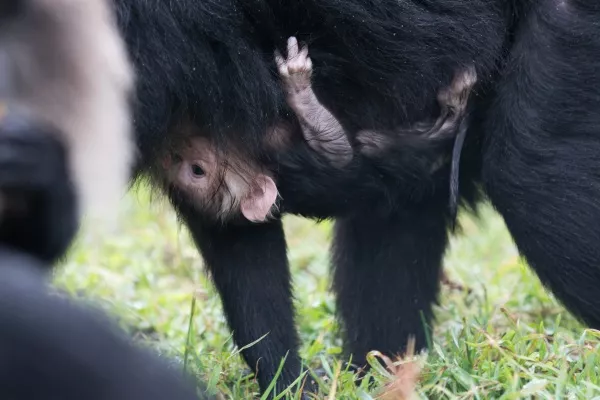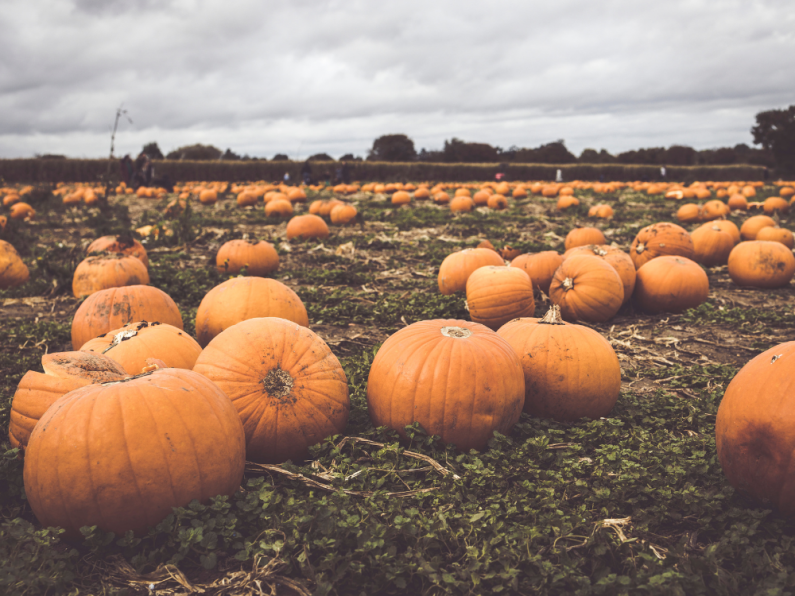Fota Wildlife Park have announced the birth of a Lion-tailed macaque baby to mother Tish and father Mauzer and are asking the public's help in naming the arrival.
The baby was born under the European Endangered Species Programme (EEP) and is one of the most endangered of the Asian primate species.
The new mum is 11-year-old Fota-born Tish, who is one of the dominant females in the troop, and this is her second baby.
First-time father Mauzer aged seven was born in Belfast Zoo in 2011 and arrived at Fota in March 2015 as the new breeding male.
Fota Wildlife Park are calling on the public to help name the new baby, however the animal staff cannot tell whether it’s male or female as Tish is keeping the baby very close and the rest of the troop are also being very protective – so it’s not possible for the Rangers to get close enough to check just yet.
To be in with a chance to win a year-long Conservation Membership at Fota Wildlife Park enter your name suggestions for the new baby Lion-tailed macaque on their blog here.
Lead Ranger Teresa Power said:
“It has been a while since a Lion-tailed macaque birth, so we really are thrilled at the arrival of this new baby."
Fota has a long and successful history with this endangered species that are known to be difficult to keep and breed.

The species first arrived at Fota Wildlife Park in 1986 from Dublin Zoo and they first bred here in 1988 and since then Fota-born macaques have been sent to many zoos worldwide as part of the EEP.
Ms power continued:
“The Lion-tailed macaque breeding group at Fota is considered one of the most successful in Europe with over 40 born here so far. This troop is of critical importance to the international breeding programmes given how rare the species are becoming in the wild."
"We put our success down to the space and natural landscape provided in their habitat, which allows for a wide range of interactions among the individual macaques.”
Indigenous to the Western Ghats in southern India, the Lion-tailed macaque is of conservation concern due to its small numbers in the natural habitats, the small area of occupancy and fragmentation of the remaining habitats.

They are hunted for meat and fur with only 1% of their original habitat remaining - because of timber harvesting and agriculture - and as their population numbers continue to decrease, the global captive population of 600 animals is equivalent to 17% of the entire wild population of 3,500 individuals in the Western Ghats region of India.
- Digital Desk






